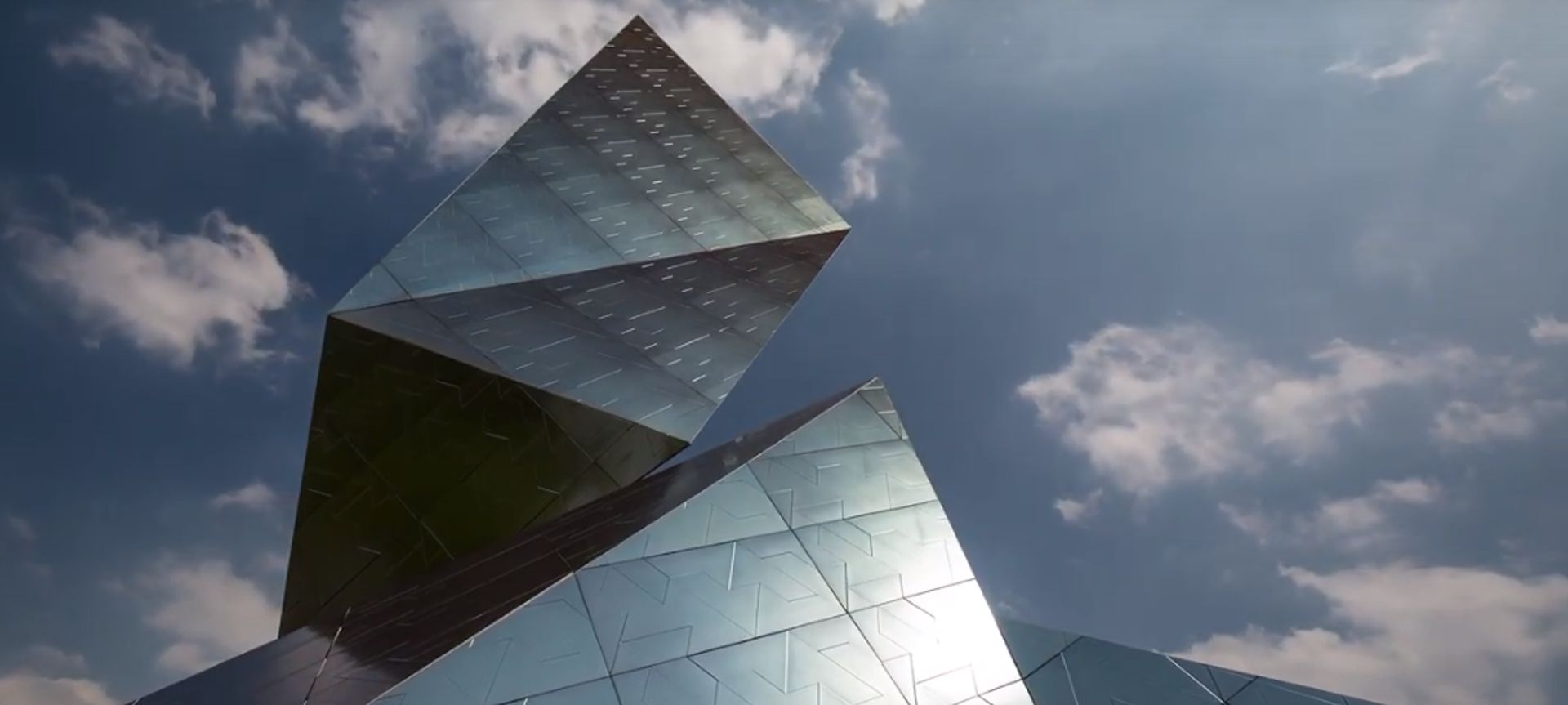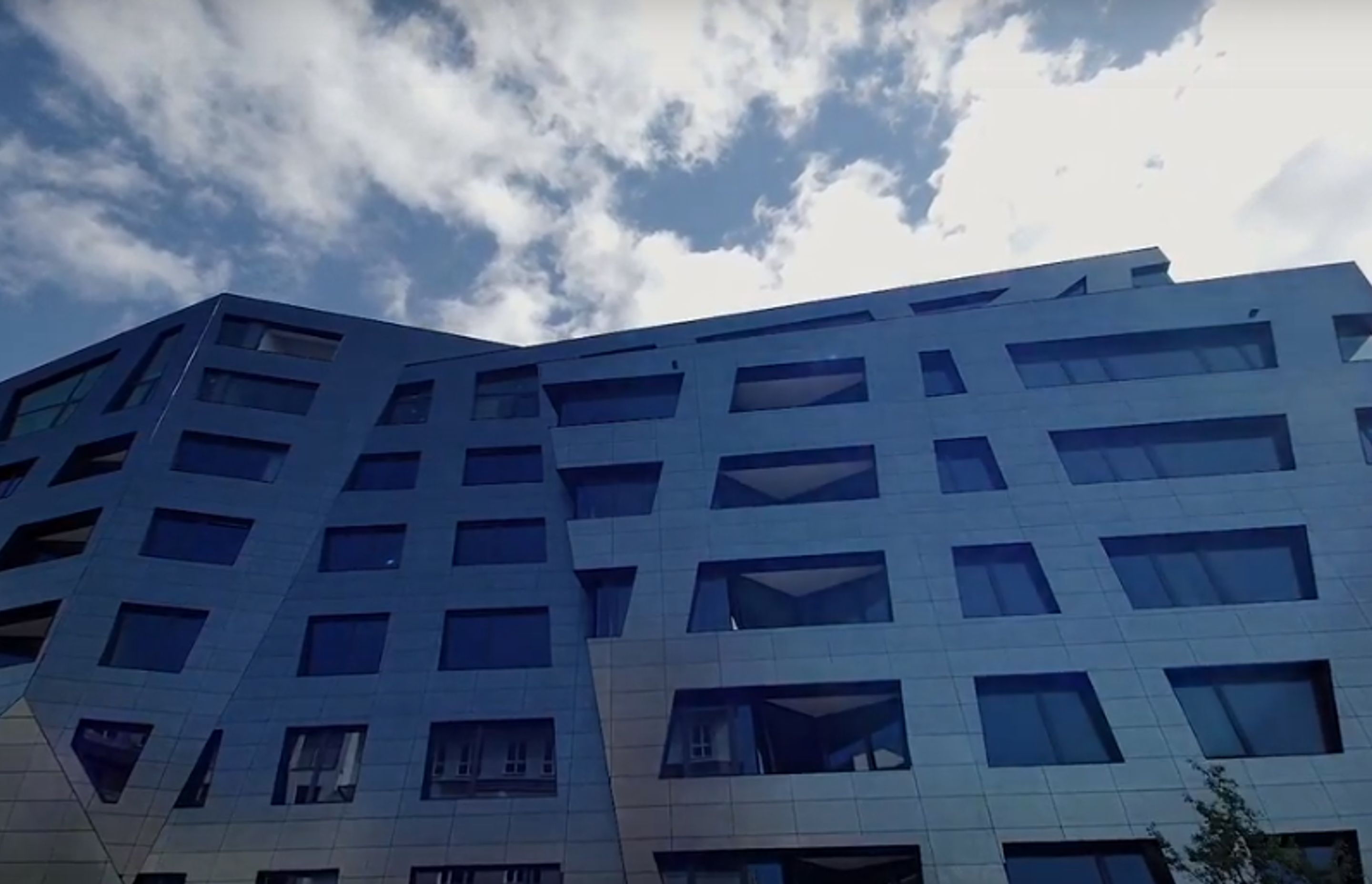External ceramic tiles now have a new function: drawing carbon dioxide and pollutants from the air in a process activated by sunlight. We spoke to Casa Italiana about the innovative self-cleaning tile that renders buildings as effective as forests at purifying the air.
Self-cleaning ceramic tiles represent a new way to reduce air pollution by removing a range of pollutants from the air which are then washed away in the rain, mimicking the natural process of forests. Known as Bios Self-Cleaning, the treatment applied to ceramic tiles contains titanium dioxide, a natural substance traditionally used as a white pigment.
In terms of exterior tile performance, Bios Self-Cleaning tiles represent a revolutionary way to reduce a building’s carbon footprint, Casa Italiana’s Carl Whiteman says. “These self-cleaning tiles have photo-catalytic properties, which means when triggered by sunlight the tiles will break up organic substances and pollutants on the tile surface and cleanse the air.
“One of the main sources of atmospheric pollution, particularly in cities, which really threatens human and environmental health are nitrogen oxides - combustion by-products from vehicles, heating and some industrial processes,” Carl says. “The active oxygen created by Bios Self-Cleaning tiles oxidises nitrogen oxides into non-harmful substances which are then washed away with rain water.
“The tiles are so effective that a 1,000 square metre area of tiles can purify the air to the same extent that a forest the size of a football pitch could, or remove the nitrogen oxides emitted by 70 cars during one day.”
Bios Self-Cleaning ceramic tiles are suitable for exterior cladding applications, for both residential and commercial builds. Available in a range of sizes and finishes, they are a practical way to address environmental factors, especially in urban environments where air pollution may be higher than in other areas.
“The beauty of these ceramic tiles is that they can interact independently with the environment to maintain its quality and the health of those residing in it,” Carl says. “These independent interactions happen naturally, without requiring the use of energy or mechanical componentry.
“Bios ceramics simply use the sun’s energy to generate active oxygen which attacks dirt caught on their surface accumulated from dust, smog or oil stains before the rain washes away the pollutants.”
When specified for external cladding, Bios Self-Cleaning ceramic tiles allow the building to retain its original aesthetic integrity with little maintenance required over time.
“The concept of buildings actively participating in their environments, actively purifying the air and cleaning themselves is the way of the future,” Carl says. “If you consider one building clad with 1,000 square metres of these tiles purifying the air to the same extent as a wooded area the size of a football pitch, imagine what would happen if whole cities were built with this technology?”
Casa Italiana is the exclusive distributor of Bios Self-Cleaning ceramics from Casalgrande in New Zealand, and specialises in flooring and wall tiles.
If you’re interested in green building, make sure you visit Casa Italiana on ArchiPro here.



